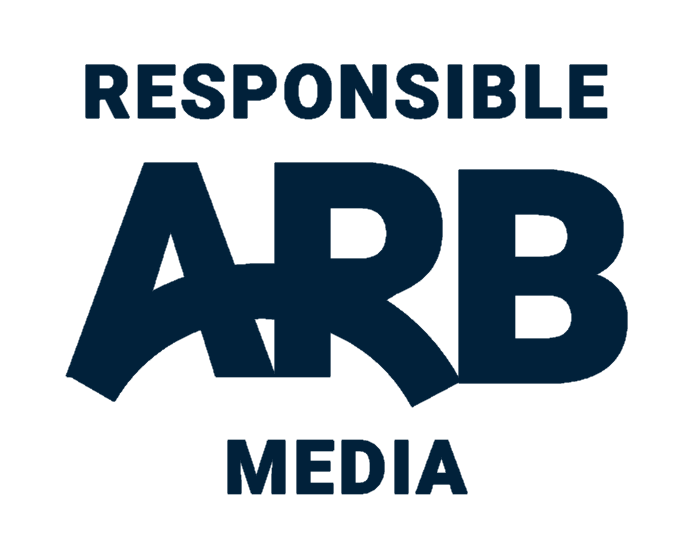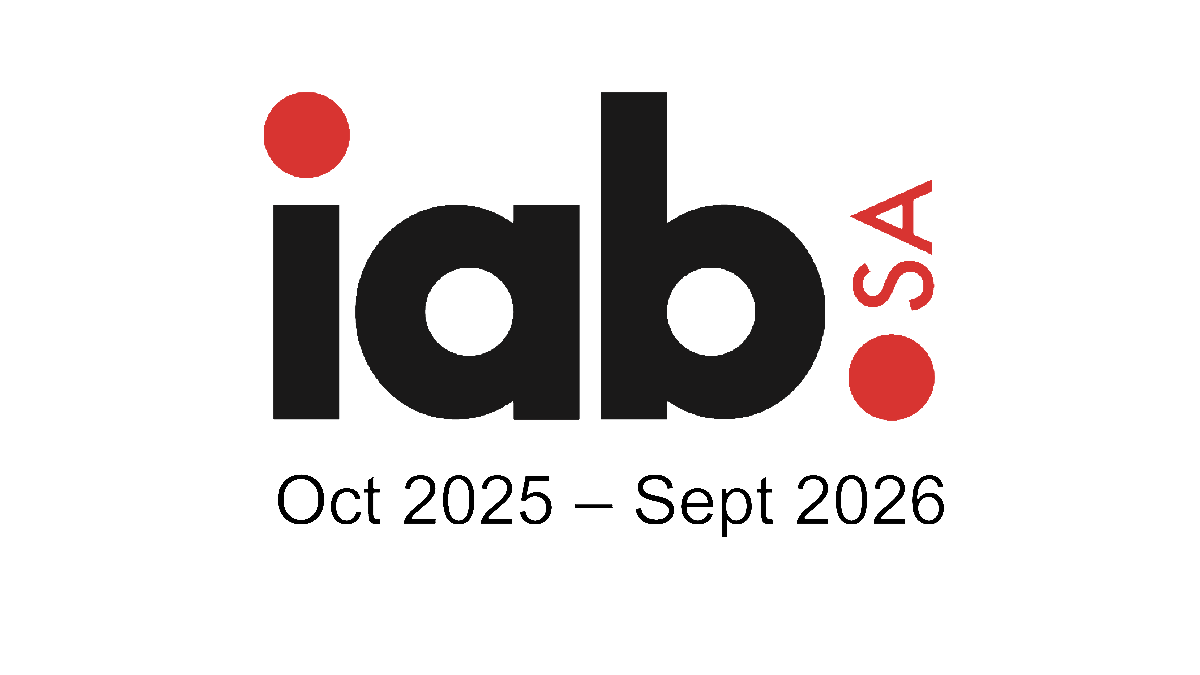Inspiration
How to save money from the beginning of the year─── 05:00 Sun, 01 Jan 2023

Having a plan makes saving simpler; use this guide to make one.
The beginning of a savings project might occasionally be the most challenging part.
According to Better Money Habits (Bank of America), you may save for all of your short- and long-term goals by using the step-by-step instructions in this article to help you create a straightforward and practical approach.
Step 1 - Record your expenses
The first step in saving money is to calculate your current spending. Keep a record of every penny you spend, including normal monthly payments as well as purchases for groceries, coffee, and other home items. Using a pen and paper, a straightforward spreadsheet, a free online expenditure tracker, or an app, record your expenses as is most convenient for you. Once you have your data, group the figures into categories like mortgage, petrol, and food and total each sum, make sure you've included everything by consulting your bank and credit card statements.
Step 2 - Include saving in your budget
You can start making a budget now that you are aware of how much money you spend each month. In order to organise your spending and prevent overspending, your budget should illustrate how your expenses compare to your income. Make sure to account for costs like car maintenance that happen frequently but not every month. Include a savings category in your spending plan and try to save money up to a level that feels comfortable to you at first. Eventually, aim to increase your savings by up to 15–20% of your income.
Step 3 - Find ways to cut spending
It could be time to make spending cuts if you aren't able to save as much money as you'd want. Determine the non-essentials you can do without, such as entertainment and eating out. Look for ways to cut costs on your fixed monthly bills as well, such as your cell phone plan and auto insurance. Other suggestions for reducing daily spending include:
- To find free or cheap entertainment, use sites like local event calendars.
- Renewing memberships and subscriptions should be canceled, especially if you don't utilize them.
- Plan to prepare the majority of your meals at home, and on times when you want to reward yourself, look into local restaurant specials.
Wait a few days before making an unnecessary purchase when tempted. The item might turn out to be something you wanted rather than needed, in which case you might make a strategy to save for it.
ALSO READ: OFM Art Beat: PENM Productions – Merging arts with education
Step 4 - Set savings goals
Setting a goal is one of the best methods to save money. Start by considering your potential savings goals, both short-term (one to three years) and long-term (four or more years). Decide how much money you'll need and how long it might take you to save it, and then make an estimate.
Step 5 - Determine your financial priorities
Your goals are likely to have the biggest influence on how you manage your savings, after your spending and income. For instance, you may start saving money for a new automobile right away if you know you'll soon need to replace your old one. But keep in mind long-term objectives as well; it's critical that retirement planning not be neglected in favour of pressing immediate concerns. You can have a clear sense of how to allocate your savings if you know how to prioritise your saving objectives.
Step 6 - Choose the right tools
Many savings and investment accounts are appropriate for both short- and long-term objectives. And you're not required to select just one. Choose the combination that will help you save money for your goals in the most effective way by carefully examining all the possibilities and taking into account balance minimums, fees, interest rates, risk, and when you'll need the money.
Step 7 - Make saving automatic
Automated transfers between your checking and savings accounts are available almost everywhere. The timing, amount, and location of money transfers are all up to you. You may even split your direct deposit so that a portion of each paycheck gets into your savings account.
Step 8 - Watch your savings grow
Every month, review your spending plan and assess your results. That will assist you in swiftly identifying and resolving issues in addition to helping you stay to your personal savings goal. You could even be motivated to find more ways to save and achieve your goals more quickly after learning how to do so.














